Chulien Temple – Hsinchu (新竹竹蓮寺)
Temples in Hsinchu
While in Europe, you’ll probably find yourself visiting many historic cathedrals. In the Middle East, visitors will be taking out their cameras to get some shots of ornate mosques. During your visit to Taiwan, you’ll find yourself frequenting many different temples around the island. From massive monasteries to small corner shrines, you can find gods on nearly every street in this country. Hsinchu is no exception. Ranking high on the list of best temples in Hsinchu is Chulien Temple (新竹竹蓮寺).
Right off the bat, you may be asking yourself, “what separates Chulien Temple from the rest of the hundreds of temples found in the city?” Chulien Temple is one of the big three temples in Hsinchu. Also on the list are the City God Temple and Chang-ho Temple. Each of these temples are dedicated to a different god who looks over a different aspect of life. Therefore you’ll find varying architecture and even people within each of their walls.
Chulien Temple a bit too small for you? Why not visit the massive Putian Temple in Hsinchu!
Getting to Chulien Temple
From Hsinchu Train Station, Chulien Temple is actually the easiest to get to. Just on the other side of the tracks heading south, you’ll find the temple off of a street with the same name: Chulien Street (竹蓮路). It is fairly simpld to know if you’re in the right place or not. The entire street in front of the temple is lined with traditional lanterns and the local shops primarily sell Daoist antiques and incense.
Like many Daoist temples, you’re free to roam the halls and even take pictures as you please. Only once you look into the history of Chulien Temple can you truly appreciate it for what it is. Chulien Temple is the oldest Buddhist temple in Hsinchu. With a history stretching back to 1781, this complex has seen many changes since its construction.
The legend goes that after a farmer found a Guanyin (觀音) statue in the field, he built a small shrine to honor the goddess. Every prayer that was made to the Goddess of Mercy was answered. Even 100 years later in 1888, local officials prayed to Guanyin for rain and suddenly the drought which plagued the city was lifted. Fortunately, once the Japanese administered Taiwan, they allowed Chulien Temple and the other “Big Three” temples to remain in Hsinchu. The rest of the temples were not so lucky and were torn down.
Need something to wake you up? Grab a cup at Fangwai Coffee!
Mixing Buddhism and Daoism
Much like how Lord Guanyu looks over business and warfare, Goddess Guanyin presides over healing, recovery, and forgiveness. At a temple such as this, you’ll find more people praying for loved ones and their families. Even when compared to the more popular City God Temple, Chulien Temple is far busier when Lunar New Year comes around.
Worshippers visiting the temple are primarily praying to three statues that are seated front and center in the main hall. These three “Matzus” have made Chulien Temple their home at different times throughout its history. The front-most golden statue, Sanma (三媽), is over 300 years old. The middle statue, Erma (二媽), is the same statue that ended the drought in 1888. The back-most statue, Dama (大媽), is the very same statue that was found in the field by the farmer centuries ago.
If you’re looking for a snack and some plants, you won’t want to miss Hsinchu’s Weekend Flower Market!
The Back Alleys
There is a lot to unpack when going to a temple. Of course, history and religion are important to understanding a culture, but the reality is most worshipers only have a basic knowledge of the background of the temple they are praying in. It is understandable that you may be quickly looking for a change of scenery. Just behind Chulien Temple is one of the oldest neighborhoods in all of Hsinchu. When looking at the temple, duck down the alley to the right. This narrow road will lead you to one of the oldest wells in the city (竹蓮里傳統聚落古井).
The well is thought to have been constructed during the Jiaqing period of the Qing Dynasty (清嘉慶年). This period lasted from 1796 to 1820. On the site where the well now stands was a military outpost outside of the city wall. It was here where ethnic Han people and local Taiwanese aboriginals would trade. As Hsinchu grew over the years, the water well turned into little more than a roadblock. Fortunately, the well was preserved and declared a historical site.
There are even more temples to discover in Hsinchu! Check out Guandi Temple!
Older Than Hsinchu
Chulien Temple is heavily decorated with ornate sculptures and intricate murals. Even with such beauty within its halls, it is not enough to keep your typical tourist for more than half an hour. What Chulien Temple really is, is a jumping-off point to getting lost off the beaten path in Hsinchu. Back behind the temple and past the centuries-old well, travelers will find old houses and buildings which look as if they are nearly as old as the temple.
Traveling isn’t about just checking off all of the most famous sights in a city. The real adventure is discovering new places along the way. The temple or park may be your end destination, but memories are made during your journey there. Chulien Temple is a spectacular temple, but it is also merely the first step to unlocking more of what Hsinchu has to offer.
Everything you need to know about Hsinchu can be found right here!

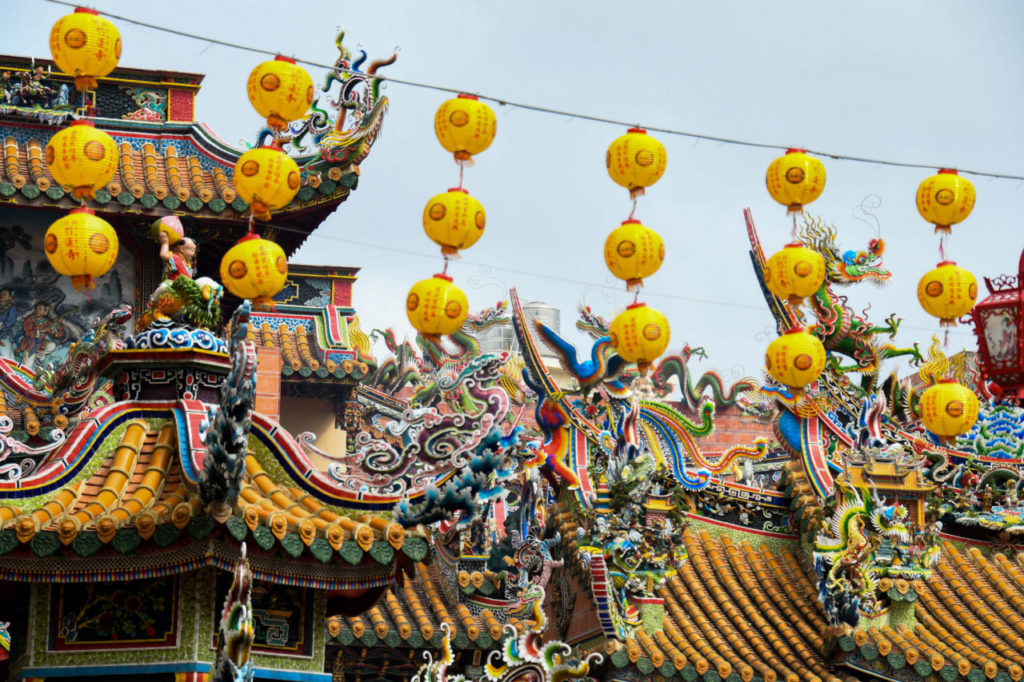
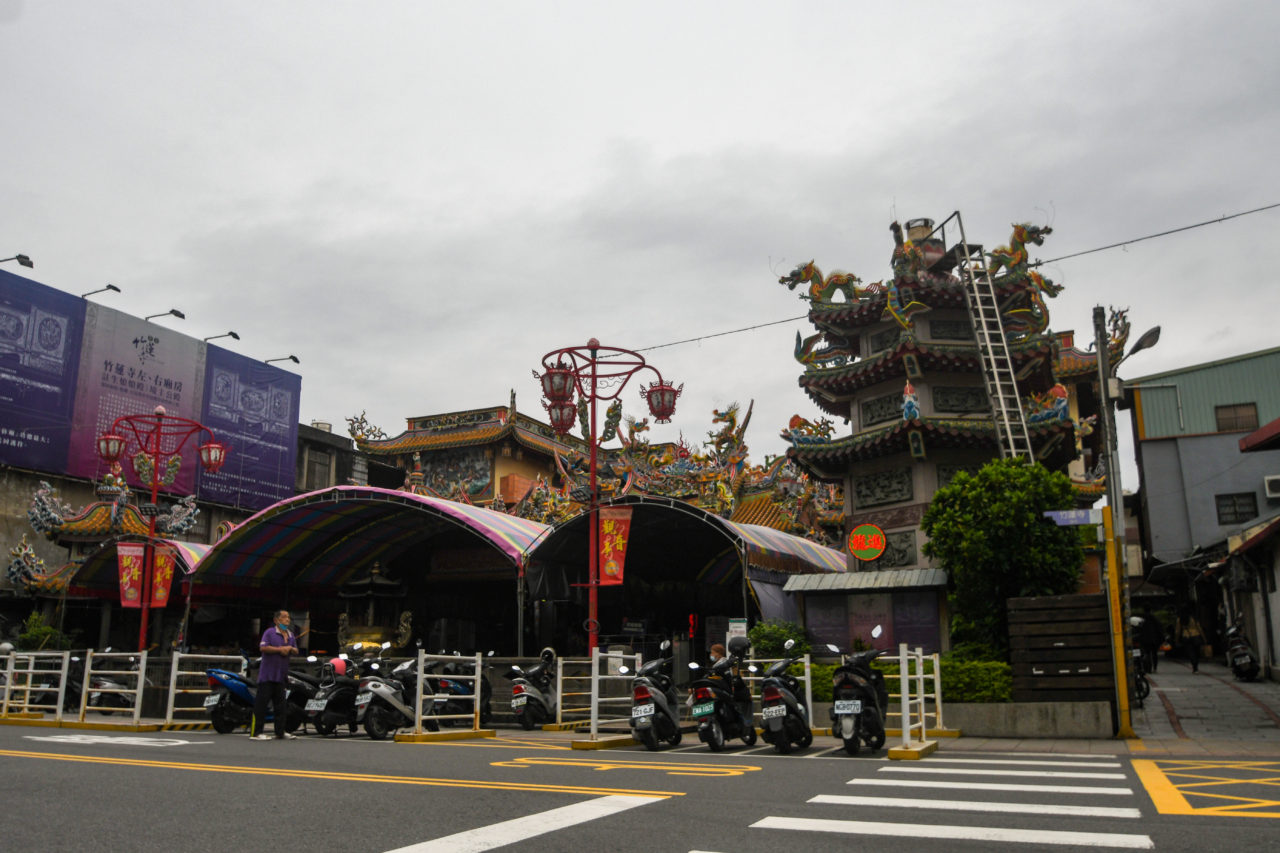
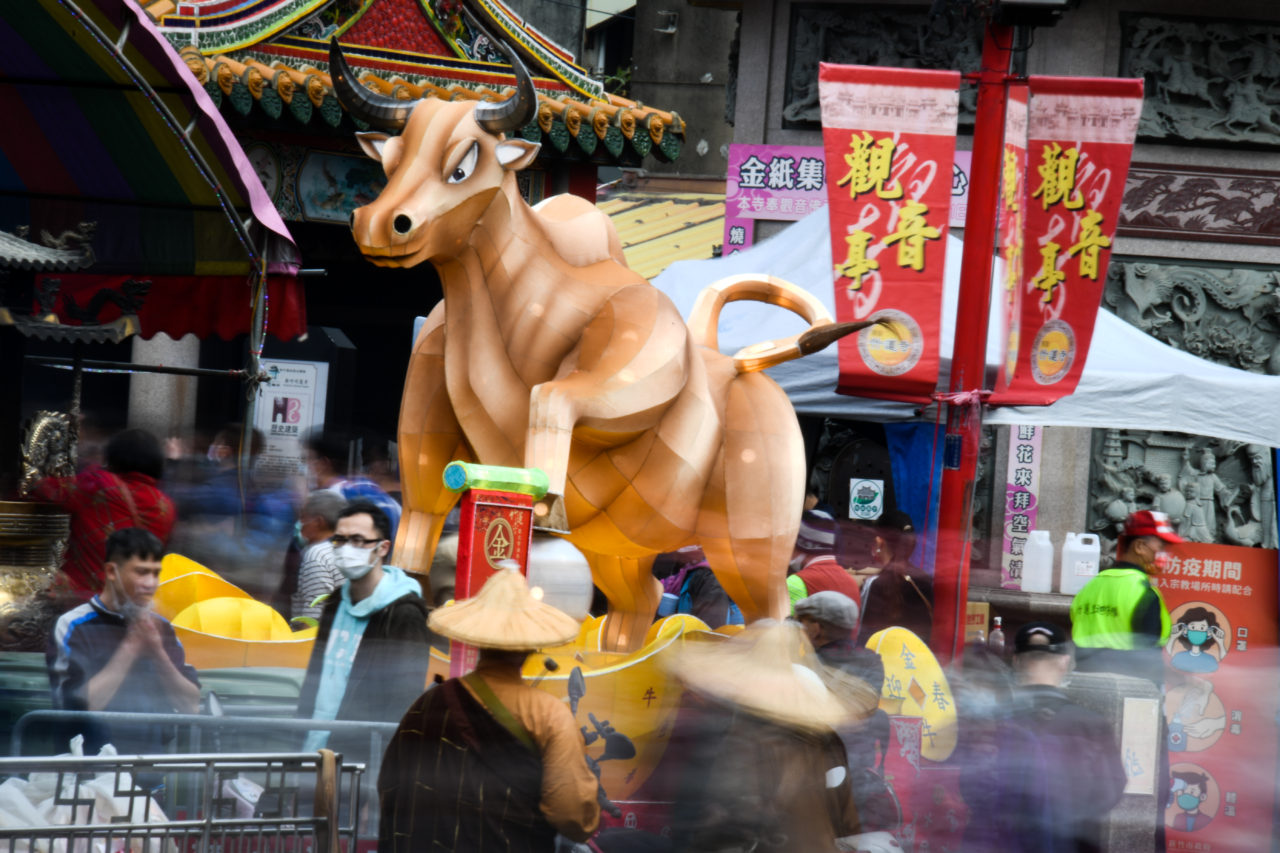
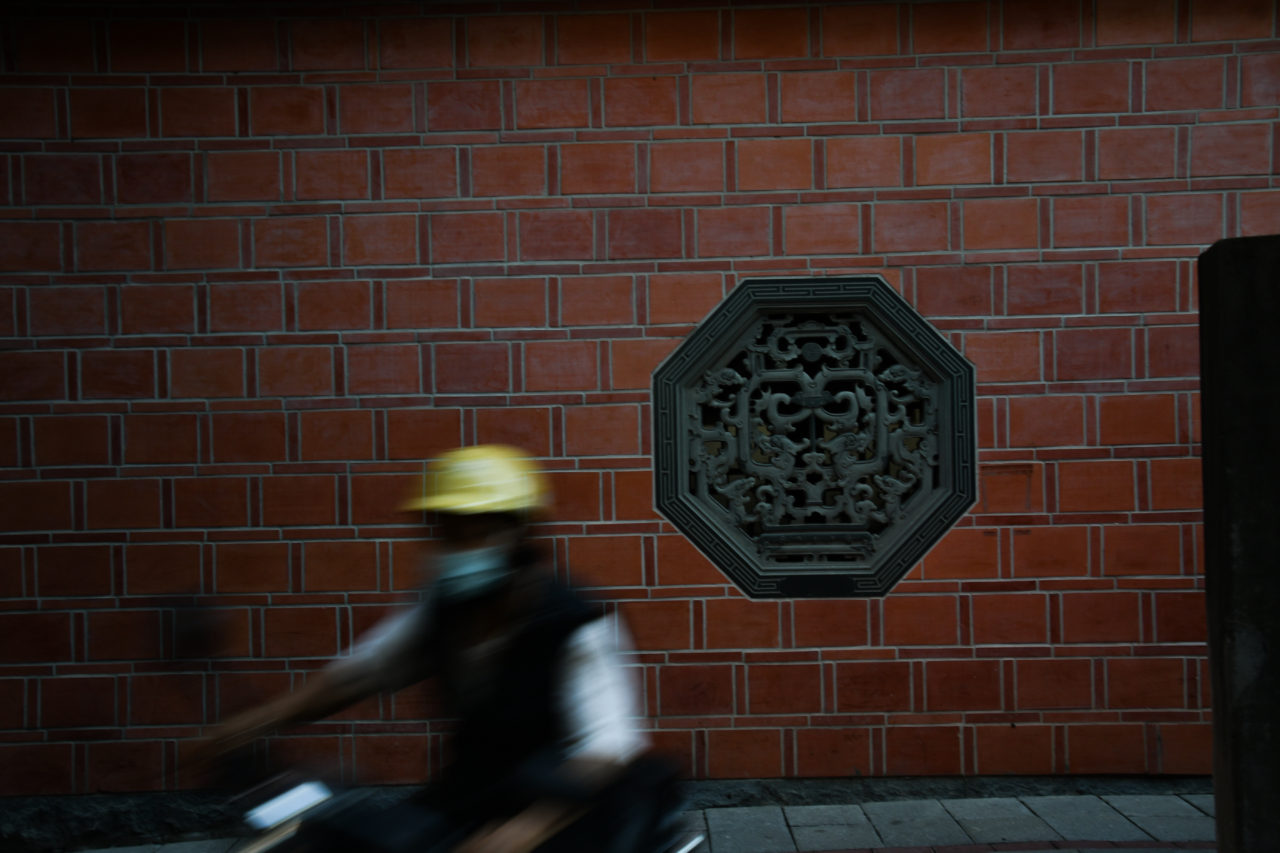
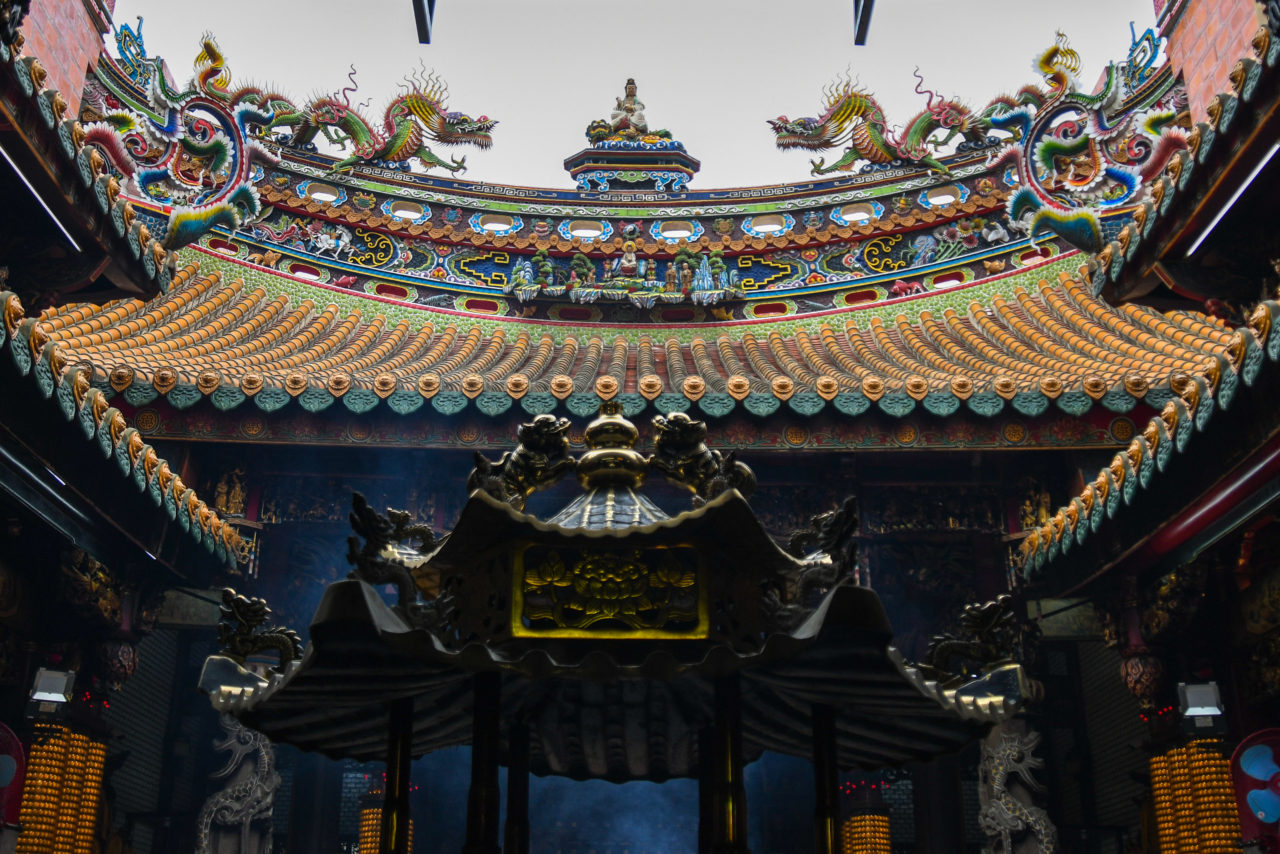
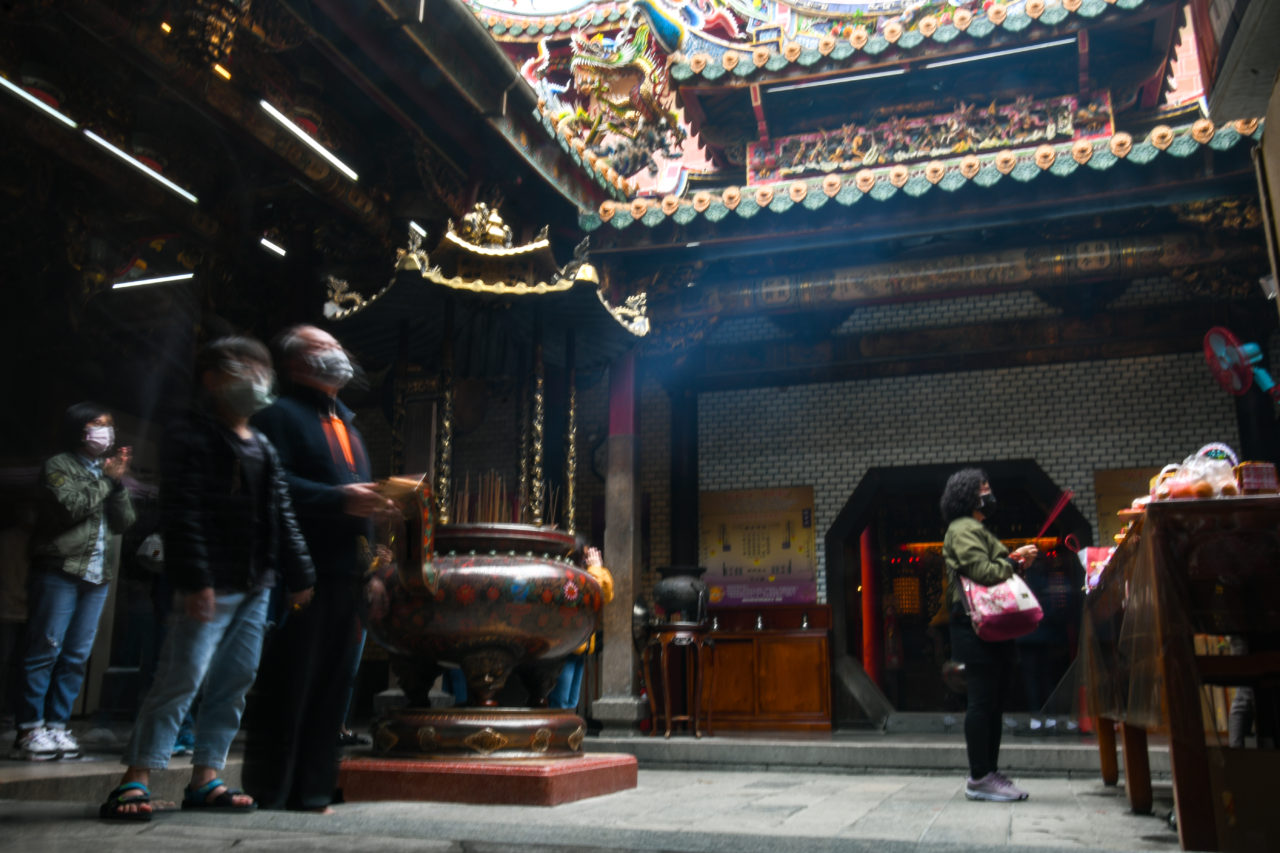
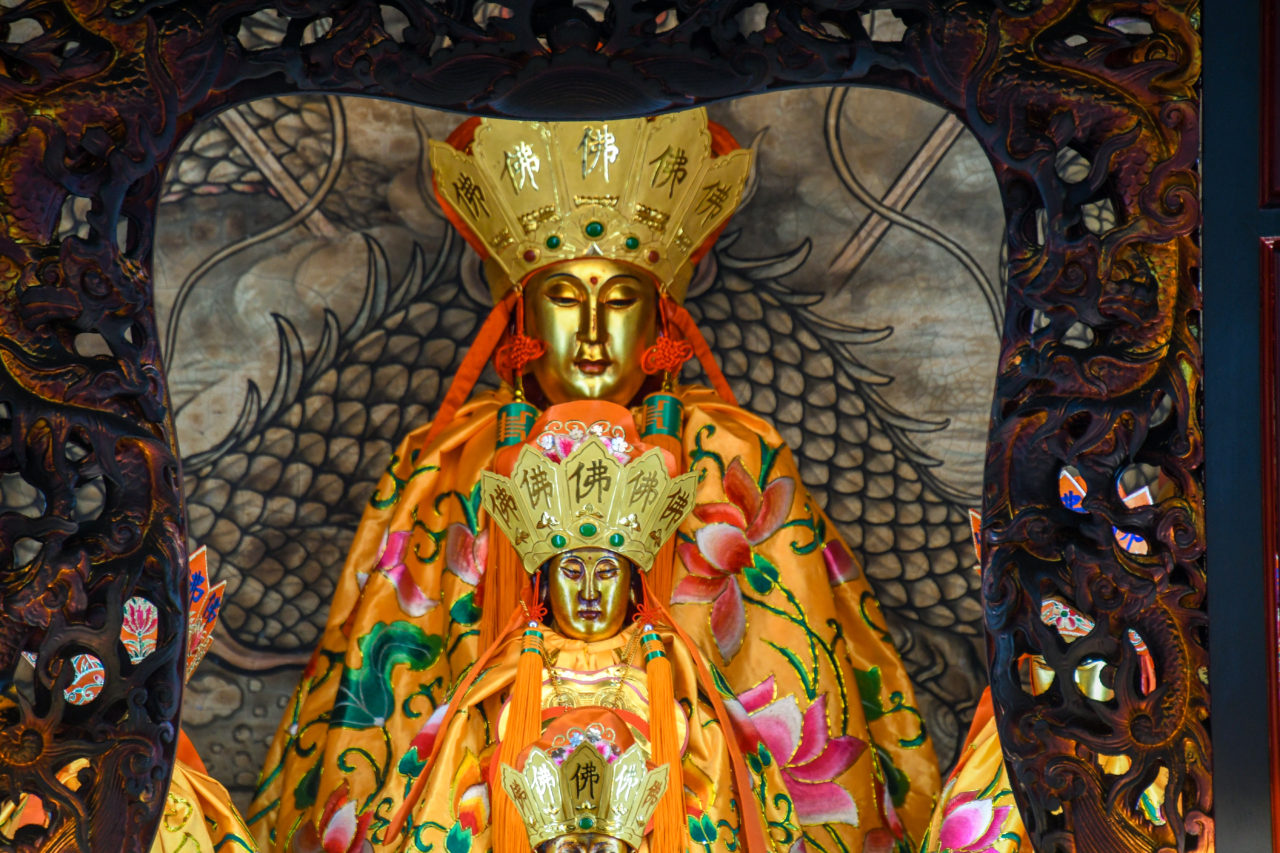
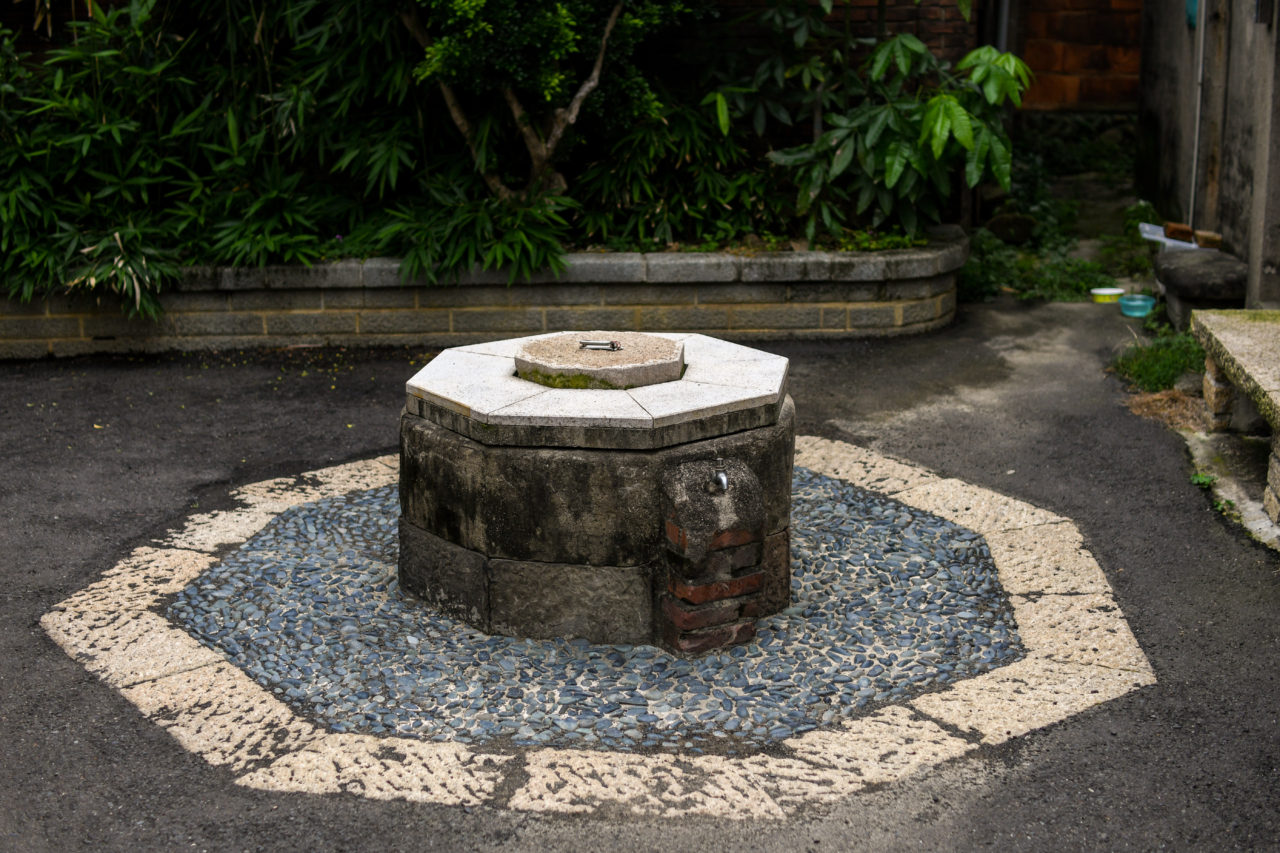
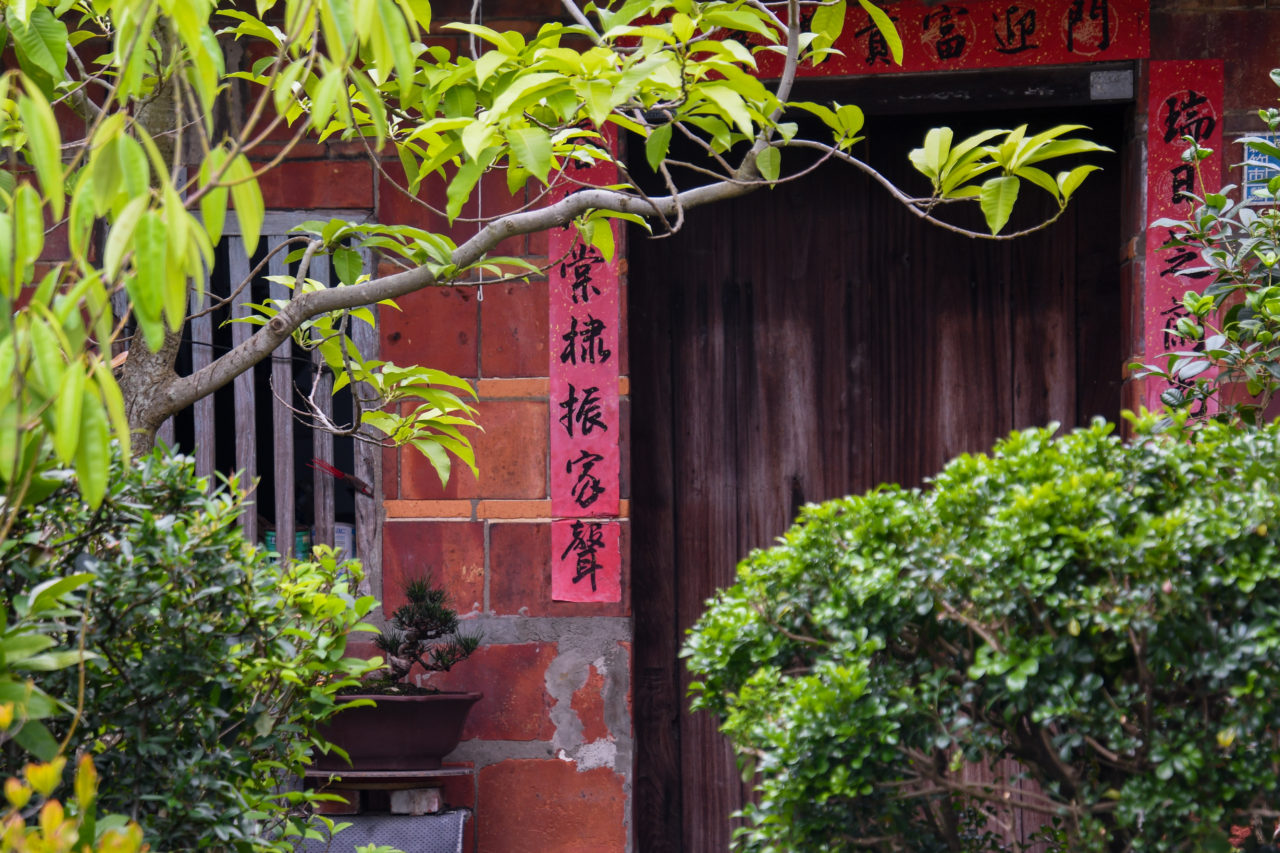
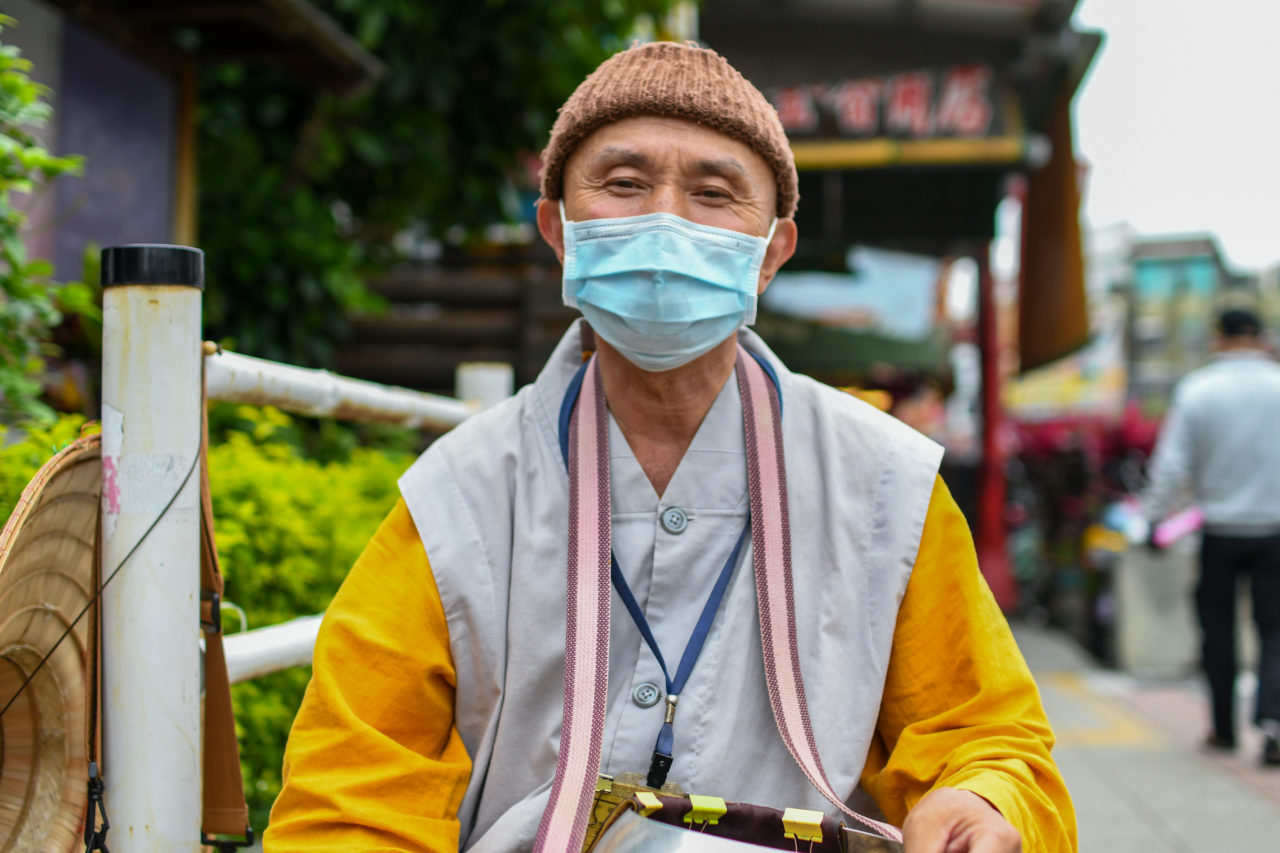
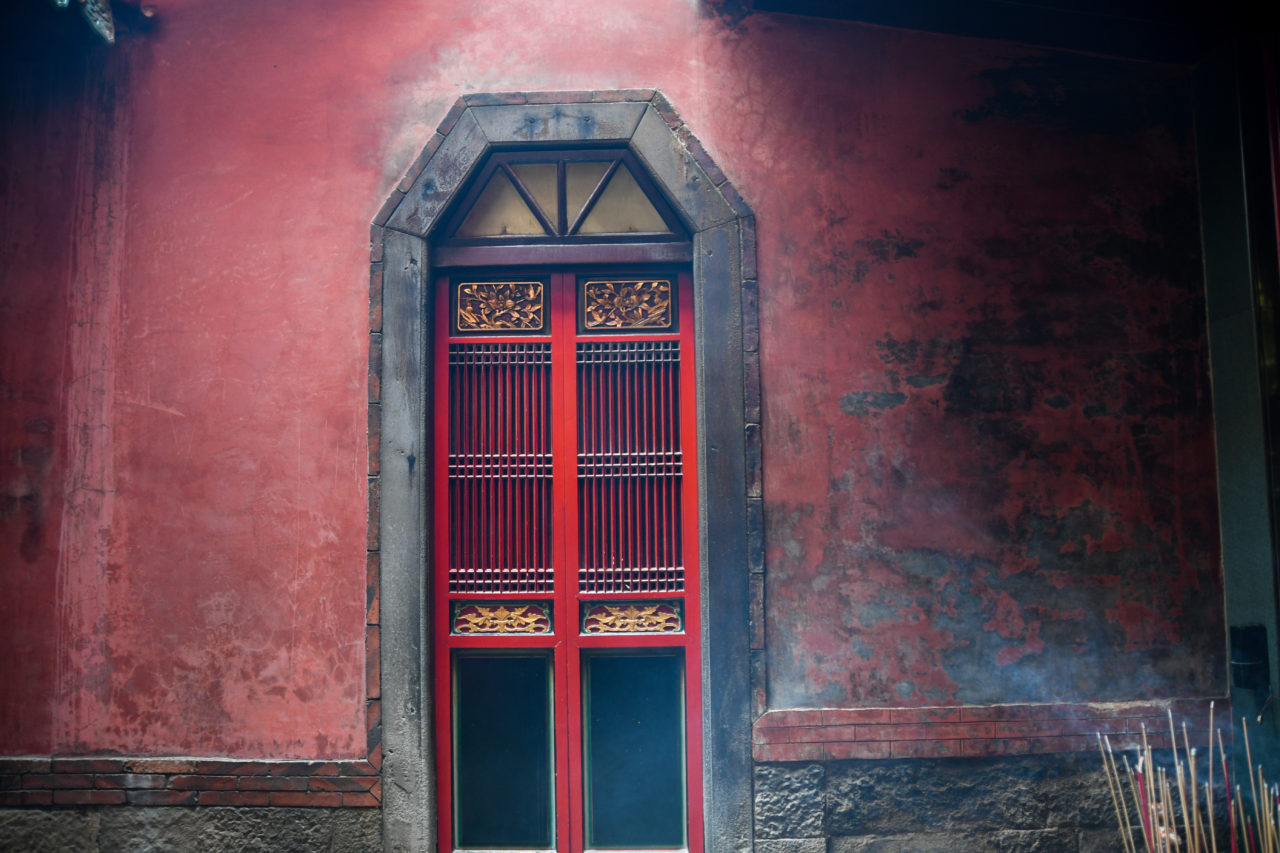
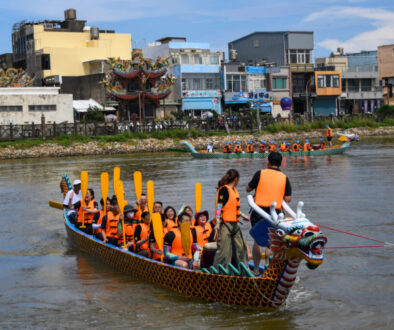
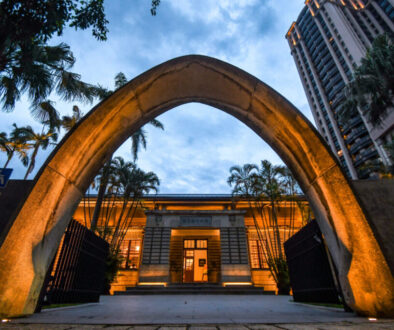
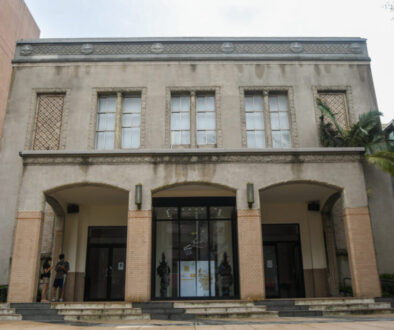


Hsinchu Tofu Rocks (Chessboard Rocks) 新竹豆腐岩
May 30, 2022 @ 3:37 pm
[…] Another one of the best temples in Hsinchu is Chulian Temple! Read more here! […]